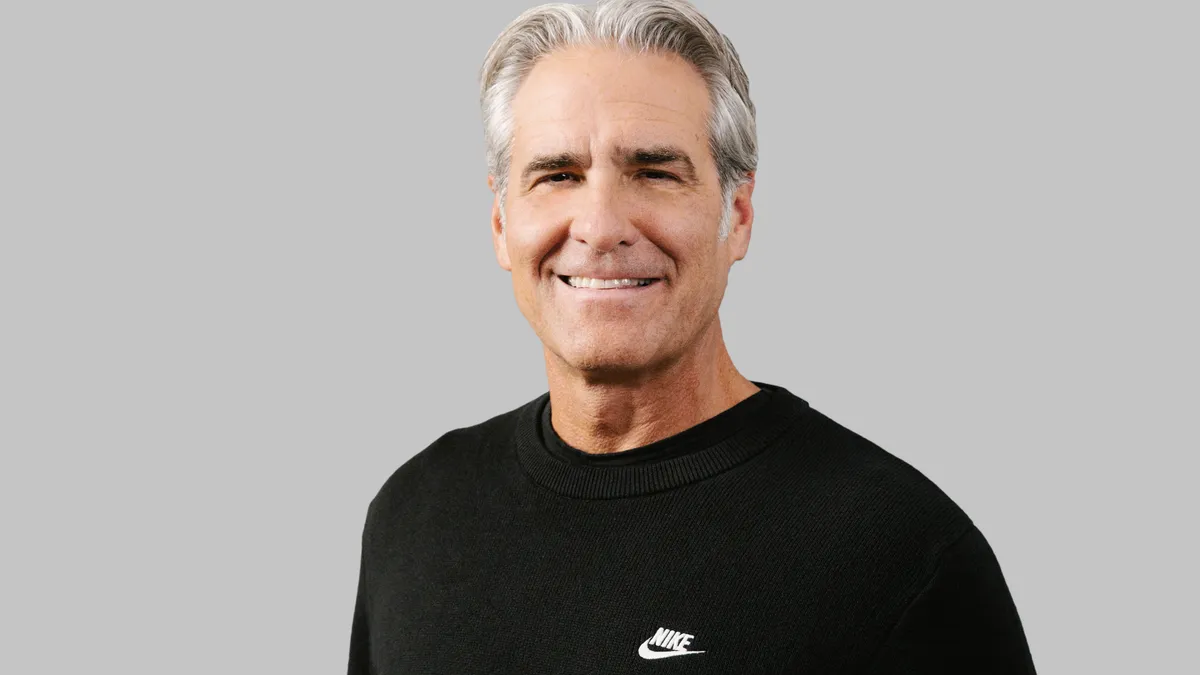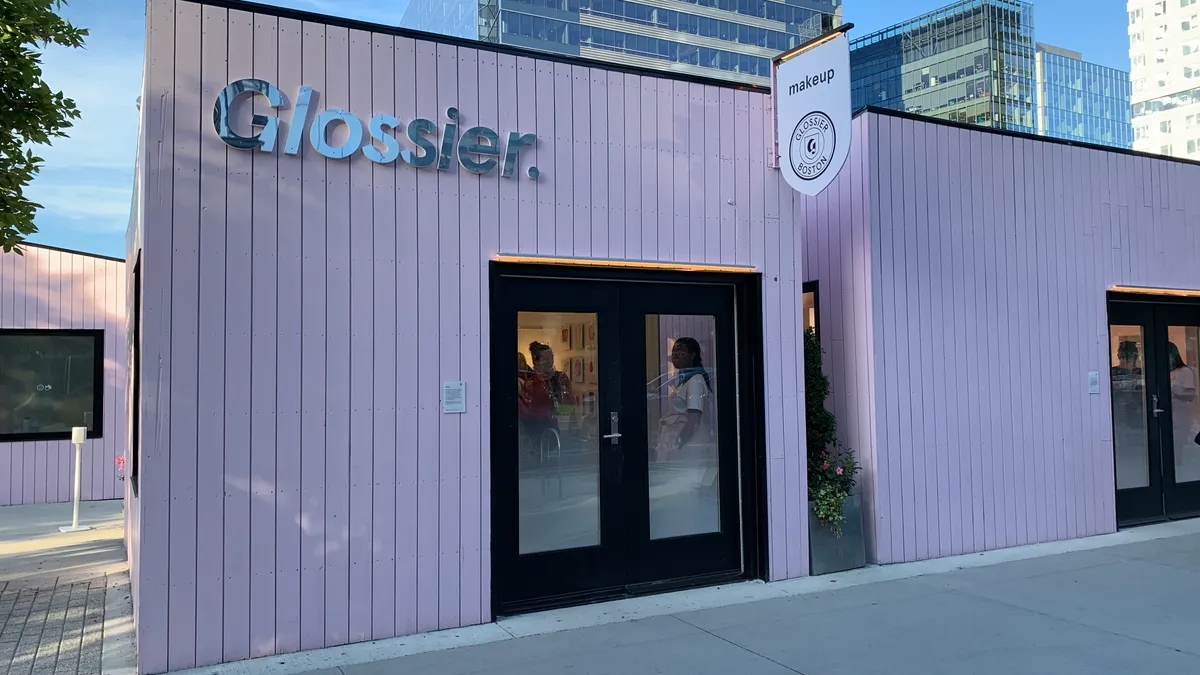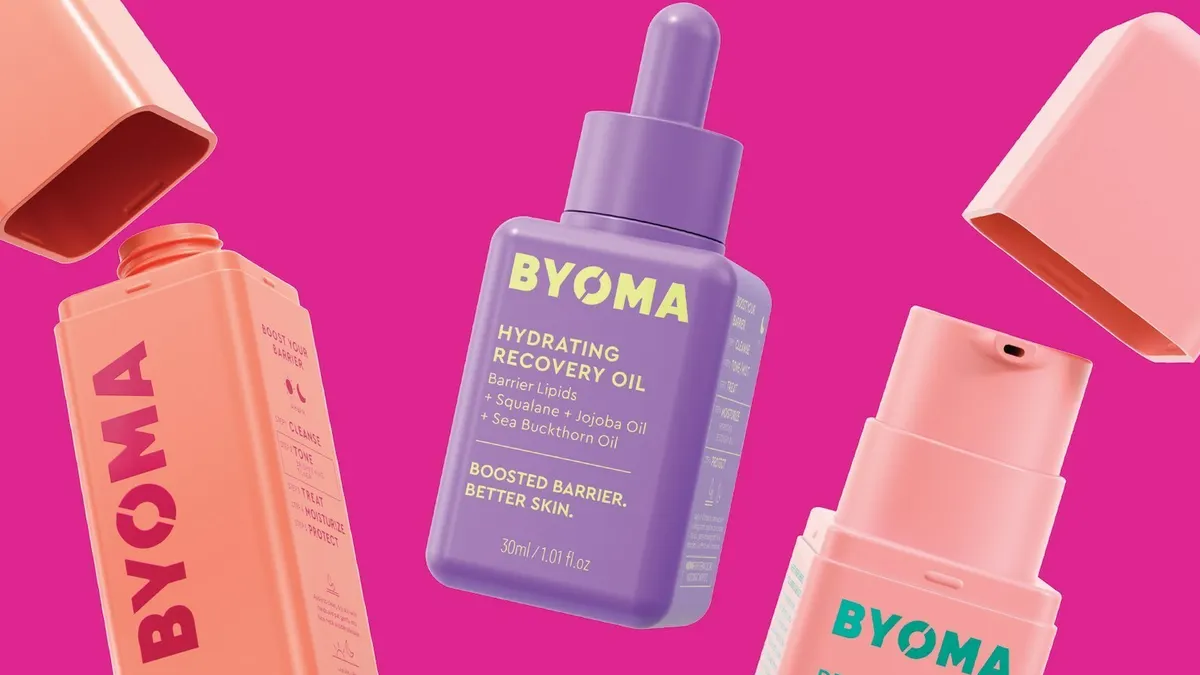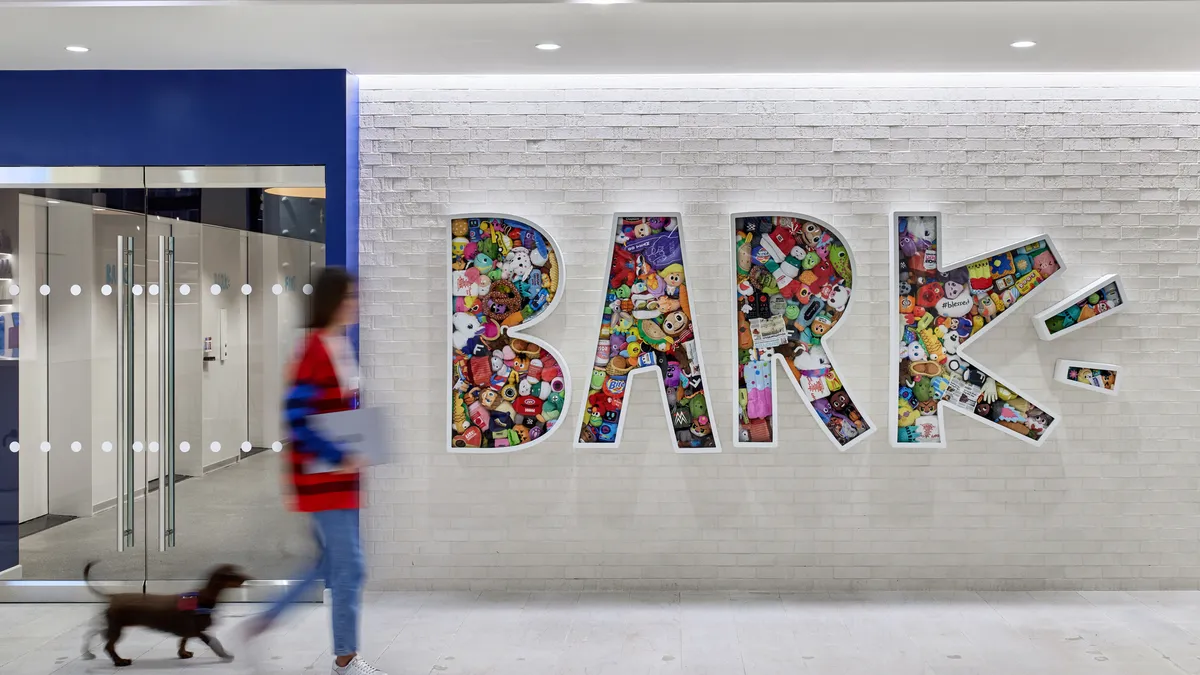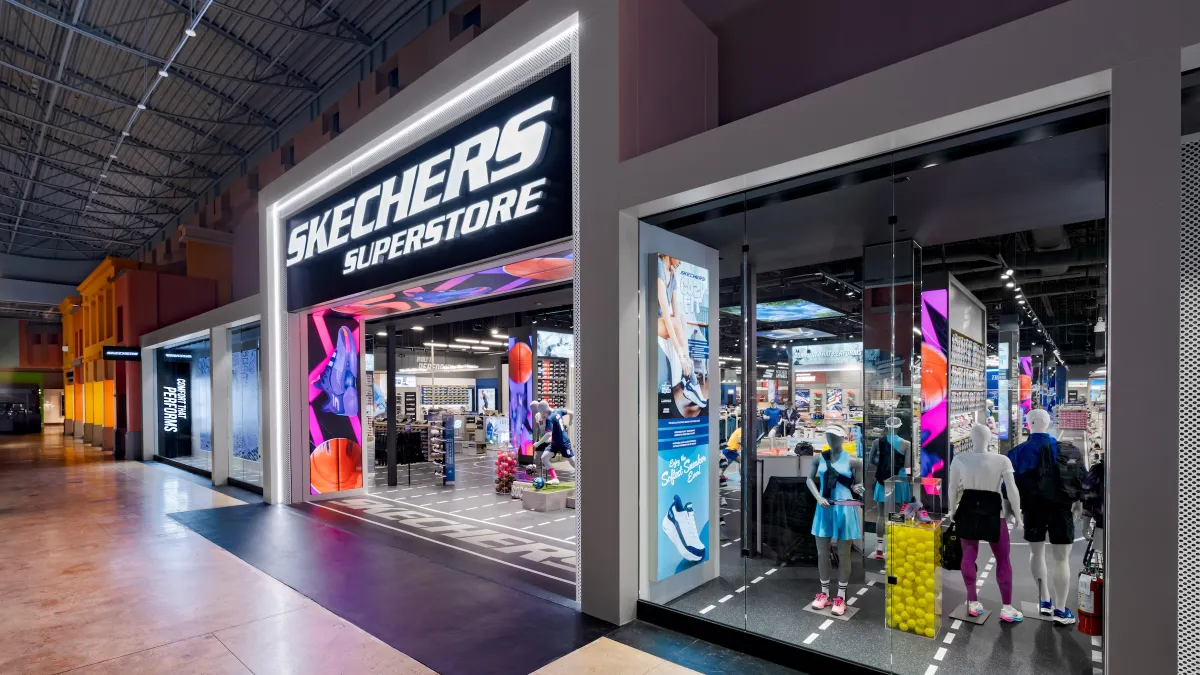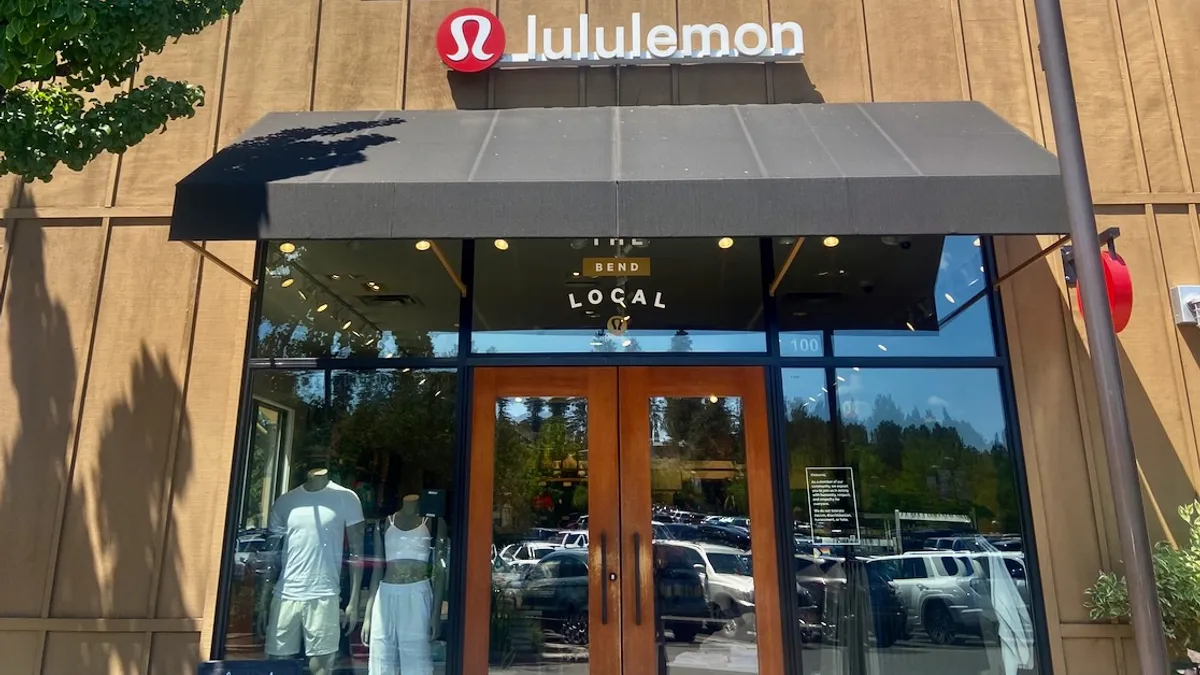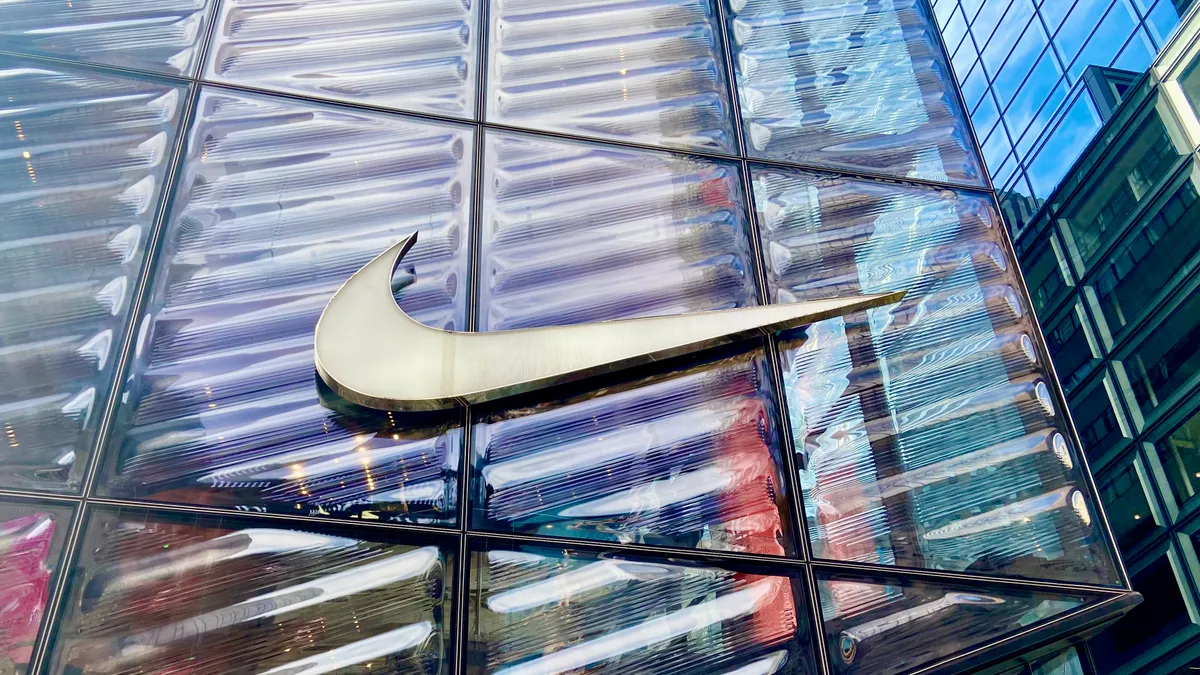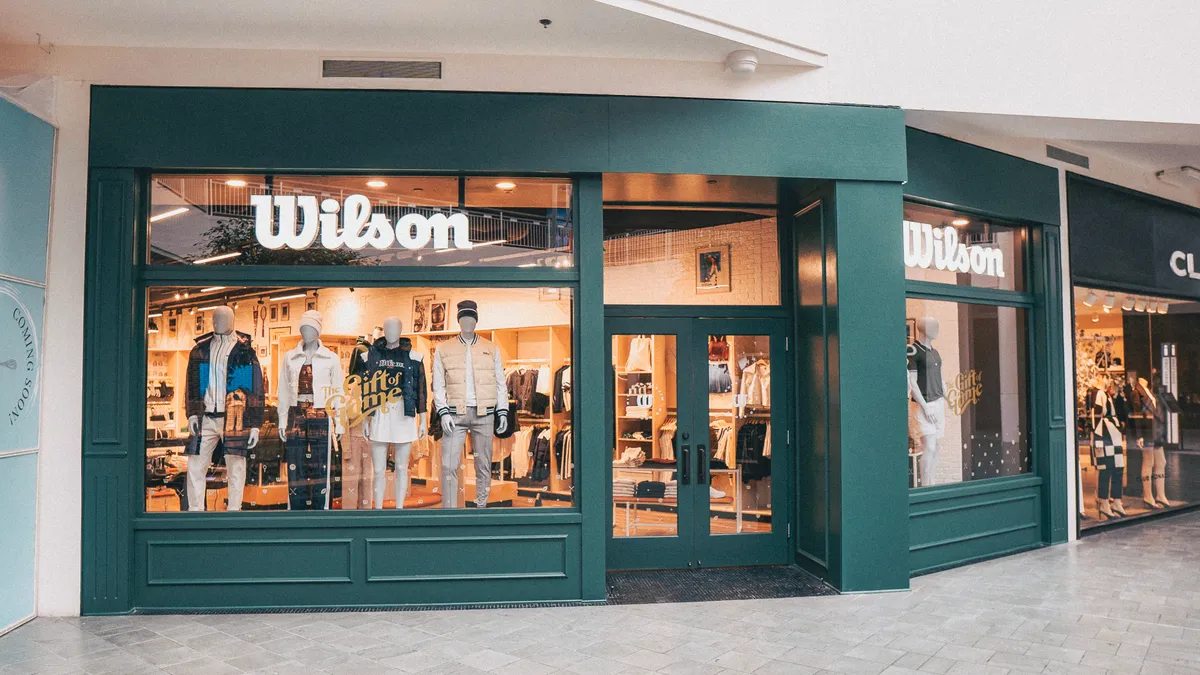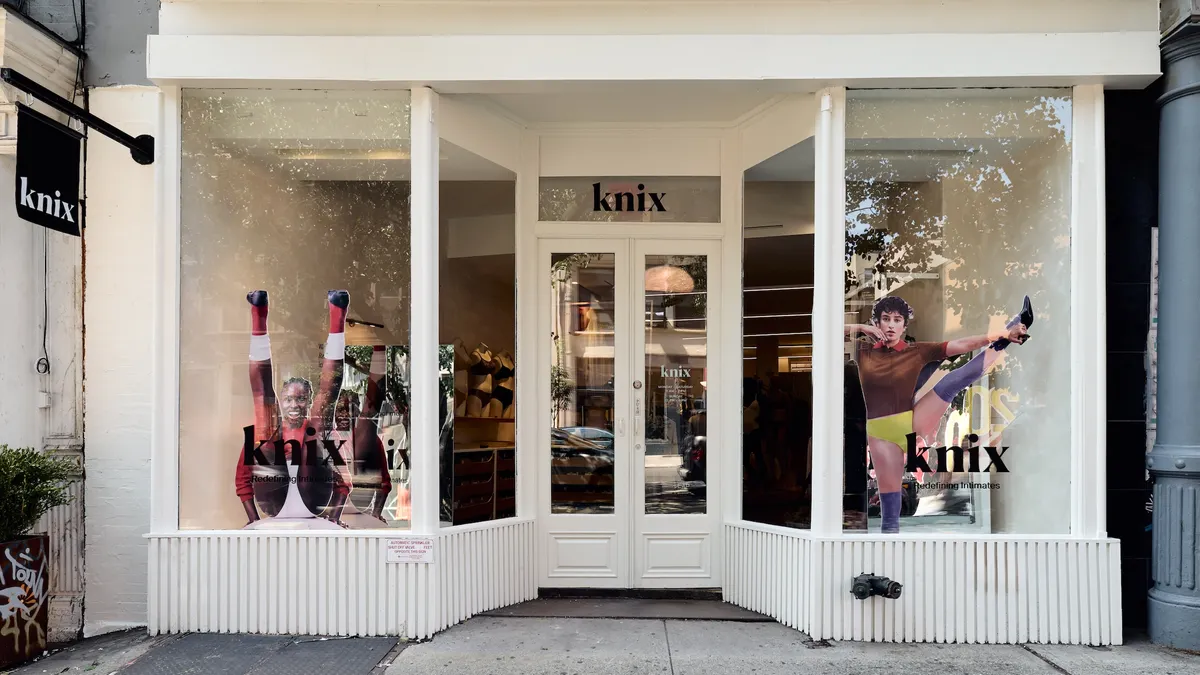Editor's Note: This story is part of a package on DTC exit strategies. Find the rest of the stories here.
Many direct-to-consumer brands set out to disrupt the legacy companies in their spaces. Their messaging is often centered around being hip, young brands that understand the consumer — unlike larger companies.
Why then do so many DTC brands agree to be acquired, sometimes by those same companies they set out to disrupt?
In 2002, ModCloth launched with the goal of championing "a vintage, feminine, and fun fashion aesthetic." The apparel brand from the beginning aspired to be different from other brands by offering inclusive sizing and forming anti-photoshopping policies.
But then, in 2017, the quirky brand, which its customers grew fiercely loyal to, was acquired by retail behemoth Walmart. The acquisition seemed at odds with Walmart's core customers — and likewise threatened to alienate the DTC brand's loyal customers. Some of ModCloth's customers at the time spoke out against or were disappointed in the deal.
Some acquisitions, particularly in the CPG space, have aligned more with brand reputation and opened countless doors for DTC brands — a robust supply chain, new distribution points and more capital to grow the businesses.
There have been deals at both ends of the spectrum — and some that have fallen apart.
Despite that mixed track record, acquisitions remain the top exit option among direct-to-consumer brands. Last year, 114 DTC companies were acquired, down slightly from the 11-year high reached in 2019 when it hit 131 acquisitions, according to data provided by PitchBook. Acquisitions have remained above 100 per year since 2016, and as of Aug. 3, 66 DTC companies have already inked deals to be acquired this year.
Acquisitions have exceeded 100 per year for the past 5 years
Here is a look at why the option is so attractive to both DTC brands and the acquiring companies, as well as the risks involved.
What DTCs get out of an acquisition
In a direct-to-consumer brand's life, it will reach a point where it needs more capital to continue to grow. In lieu of other methods of obtaining cash, like seeking out more money from venture capital firms or pursuing another exit path like an initial public offering, brands may go the route of acquisition.
An acquisition, especially from a larger firm in the space, can provide brands with the resources needed for sustained growth, like marketing expertise, a stronger supply chain, access to new customers or a wider distribution network.
"Number one: Scale is ultimately such a huge factor of winning in business. That comes with negotiating leverage with suppliers and with distributors," said Alex Song, CEO of DojoMojo. "Resources are a big factor, and these larger businesses are generally being run for profit already, which means they have capital and resources to invest into these different brands."
With that extra capital, DTC brands may have more flexibility to push into adjacent categories, expand into new markets or build out their teams. For example, following Unilever's acquisition of Dollar Shave Club in 2016, the shaving brand expanded its assortment to offer things like deodorant and wipes, added executives from Target and Nike and debuted vending machines in mass transit stations offering trial-size versions of its products.
At the same time, an acquisition — as opposed to alternative exit methods like a public listing — keeps many aspects of the business, namely its financial reports, private.
While more DTC brands have jumped on the favorable stock market by filing for initial public offerings, what those IPOs have revealed is how hard it is for digital brands to turn a profit.
When Casper filed to go public in early 2020, it showed that while its revenue was rising, so were its losses. A big culprit hindering its profitability was the high marketing costs associated with acquiring customers. Between 2016 and 2019, the company said it spent $423 million on marketing expenses.
Casper also explicitly stated that its "future growth and profitability depend on the effectiveness and efficiency of our marketing programs."
Casper's stock plunged just over a month after it went public, reaching an all-time low of $3.18 a share on March 20 last year.
"For Casper, hindsight is 2020, but it's unfortunate that they really missed the mark on just selling to a really great strategic," Song said. "Sometimes it's OK to take the win earlier."
Warby Parker and Allbirds, which have both filed for IPOs recently, likewise struggle with profitability.
Brands are being watched closely every day in the public markets. Acquisitions, though, tend to be a little less fickle. The strategic acquirer is looking more at the broader picture: whether the company likes the brand and if it will make a good fit in its portfolio.
"When you're looking for a steward of the brand, or a partner who can help you get into new markets, new channels of distribution, that's typically not an IPO. That's typically a strategic acquisition," said Matt Katz, a managing partner with SSA & Company.
What a larger brand gets from an acquisition
It's clear the benefits DTC brands get from being acquired, but it's important to remember that they're being bought up for a reason.
Acquiring a brand gives larger companies access to the brand's data, e-commerce expertise and its customers. Many DTC brands have adopted an aesthetic particularly attractive to younger consumers, so by way of acquisition, the larger company can target those customers. Retailers like Nordstrom, Walmart and Target have partnered with DTC brands for a similar reason: to stay relevant and strike a chord with a younger demographic.
On top of growing their audiences, acquisitions also allow companies to expand into new markets. When Lululemon acquired Mirror last year, the at-home fitness startup got access to the athletic retailer's customers by being integrated into its stores, but more importantly, "Lululemon also got access to a whole new market that they were not touching previously," Andrea Hippeau, a partner at venture capital firm Lerer Hippeau, said.
Through an acquisition, the larger company often brings on the founders or existing leadership of the DTC team. The expertise the brands' execs can offer is a big draw for many acquirers, including Edgewell, the company behind shaving brands Schick, Wilkinson Sword, Edge, Personna and Skintimate, which was set to acquire Harry's.
"They're getting value from now having those founders internally," Song said. "I think the Harry's deal — they were definitely excited for Jeff Raider and his team because they were going to bring a new level of innovation."
Similarly, when Walmart acquired Jet and Bonobos, it also brought on Marc Lore and Andy Dunn to its team to help transform its digital business. Acquisitions are "a great way to make sure that the talent is on your side, helping you innovate and encouraging you to grow your business in a newer, smarter way," Song said.
This isn't always the case and sometimes a DTC brand founder will steps down from the CEO role shortly after the brand is acquired. Just over a year after Lululemon acquired Mirror, the brand's founder Brynn Putnam announced she would be stepping down from the chief executive role.
Part of the reason can be due to a shift in power dynamics, Song said.
"If you've been the king or queen in a business for five or 10 years and suddenly now someone wants you to be a knight in someone else's kingdom, it's just not going to work for that long," he said. "You'll do it so that you get paid, but I don't think you're sticking to it for the long term."
Other founders have been replaced with seasoned retail vets as CEO. For example, in January, Dollar Shave Club founder Michael Dubin was replaced as CEO by Jason Goldberger, who had previously worked for Sur La Table, Target, and Amazon.
And sometimes founders just want to move on to the next thing.
"I think the majority of founders, when you get to that point where you're like, ‘I'm going to sell this business and someone else will control it,' you're basically mapping out a path to move on. You're like, ‘That was good. I did great, I got a great exit.' I think you have this hope that you can be effective and successful in someone else's business," Song said.
Through an acquisition, a larger company may also be looking for expertise, resources and sometimes real estate it doesn't have yet, in addition to talent and customers. It can either work to build that out itself or acquire a brand that already has these capabilities, which Katz said is often the quicker route.
"You're acquiring a capability that your current team may not have. Maybe a mindset your current team may or may not have," he said. "They're after a new channel of distribution — a capability from a brand house that they did not have. They made a decision that it would be easier and it would be a faster value equation for them to buy and acquire than it would be to build."
But as it becomes clearer how hard it is for DTC brands to operate profitably, some larger companies realize an acquisition may be more work than they initially bargained for. In those cases, if a brand isn't showing a clear path to profitability, some companies may choose to build a brand internally rather than buying one.
"They don't want to take on a company that's burning a ton of cash."

Andrea Hippeau
Partner at Lerer Hippeau
Walmart in recent years bought a number of DTC brands, including ModCloth, Elloquii, Bonobos and Bare Necessities, to help build out its e-commerce operations.
In 2019, the company's e-commerce unit was projected to lose $1 billion on as much as $22 billion in revenue, and was reportedly considering selling off some of its recent acquisitions, namely Bonobos and ModCloth, according to a report in Recode. Walmart eventually sold ModCloth to financial services firm Go Global Retail for an undisclosed amount.
"It used to be that bigger brands would buy unprofitable, smaller, high-growth companies just to get the growth velocity. I think that has changed, where these bigger companies are looking for businesses that could be stand-alone businesses within their bigger company. They don't want to take on a company that's burning a ton of cash," Hippeau said. For the companies that are still looking to acquire, they're looking for brands that can operate as a financially healthy entity under the larger business.
"Bigger brands had to take a moment and assess how those companies were performing," she added. "A lot of times these bigger companies realized that maybe instead of having to acquire a brand, they could build it themselves. They realized, ‘Maybe we don't need to do M&A to accomplish what we were hoping.'"
Why DTCs can easily plug into existing infrastructure
To go back to Lululemon's acquisition of Mirror, the athletics retailer was able to tap into a consumer-facing technology market that still has a lot of white space relative to other categories DTC brands have launched into. But many brands operate in the consumer goods space where their products already exist on a large scale. Sure, the brands may add sans serif fonts and a color scheme attractive to younger consumers, but the products themselves and the process to make them aren't revolutionary.
"We're talking about physical brands that require distribution and existing channels that are pretty much set out there in the world already. We're not building the first data platform that we've never ever seen before. There is a lot of alignment for strategics to be the ones to acquire these brands because most of these businesses will plug in very nicely to an existing physical world that's been built, with all sorts of infrastructure and with all sorts of capabilities," Song said. "You're going to get synergies from being able to strip out costs or accelerate revenue because of new channels of distribution that an incumbent strategic, larger business has already established."
By being acquired, brands not only gain access to more sophisticated supply chains, but the founders of those brands are able to focus more acutely on scaling the business and less on worrying about where their next check will come from.
"After being acquired within a larger entity, I don't have to deal with fundraising anymore. I don't have to deal with all these investors asking me when the exit's coming or how we're going to raise more money," Song said. "I think sometimes people forget how distracting it is for a founding team to deal with fundraising and investor relations."
What's at risk?
While an acquisition can provide a brand with the resources needed for it to grow, it doesn't come without risks.
In some cases, a larger company may acquire a smaller brand, but not give it the attention it needs, leading to "gradual obsolescence," said Rebekah Kondrat, founder of Kondrat Retail. "Does this big brand absorb my small brand and kind of eat its lunch, so to speak?" There's also the risk of alienating the brand's existing customer base by folding it into a larger company.
For example, at the time Walmart acquired ModCloth, some questioned the mass merchant's motives and how the quirky brand — and its existing customers — would fit under the retail giant's umbrella.
"You do risk alienating your core customers. But ultimately, there's got to be some sort of trade. Look, founders need to achieve their dreams and realize outcomes for all their hard work, investors need to do the same," Song said. "While I think it can be destructive for the brand itself, ultimately, it's not the consumers and the brand community that get to make the decision. It's happening in a boardroom with investors and CEOs and chairmans and whatnot. The hope is that the CEO just cares so much about their brand that they don't sell to someone that would be misaligned."
But ModCloth may be the exception rather than the rule, he added. ModCloth created a really quirky apparel brand that resonated with consumers. For many of these CPG companies, consumers don't have the same connection to them.
"Harry's is cool for a razor company, but I'm sorry, we're talking about razors," Song said.
There's also the risk that a brand just gets too big to be attractive to a potential acquirer, which is generally looking for a brand that still has the potential to grow under their company's larger umbrella.
"Growth is often achieved when you get something that's still small, that's on its way to becoming much bigger," Song said. "I'd rather have something that's smaller, that has experienced less dilution from an equity standpoint. Some of these businesses get too big that even the larger acquirers just don't feel like there's enough gas left in the tank to really extract the value they need."
A company like Warby Parker, which has raised a lot of capital over the years, would need to receive a large offer for an acquisition to make sense in order to give investors the return they're looking for. "You basically force yourself down a path where you have to go public because you're too big to be acquired," Song said. "I think mentally, DTC founders are more willing to sell sooner because they just know how hard it is to be successful in the later stages of the game," he added.
"This idea that every company has to exit by acquisition is pathological."

Sally Hubbard
Director of enforcement strategy at Open Markets Institute
But even when a deal is formed and both parties will seemingly benefit from merging together, they don't always end up going through. That's because the Federal Trade Commission and the U.S. Department of Justice work to enforce federal antitrust laws to ensure a competitive landscape and protect the consumer.
The Clayton Antitrust Act of 1914, enforced today by the FTC, addresses unethical business practices, such as monopolies or price fixing. Section 7 of the Clayton Act blocks mergers, acquisitions and some joint ventures where "the effect of such acquisition may be substantially to lessen competition, or to tend to create a monopoly."
Two separate shaving brands in recent years were set to be acquired by larger CPG giants. Harry's would have been acquired by Edgewell for nearly $1.4 billion. Billie was set to be snapped up by Procter & Gamble for an undisclosed amount.
Both deals ultimately fell apart after preliminary injunctions from the FTC.
The argument was that because Harry's and Billie were large disruptors in their sectors — as many DTC brands often are — folding the brands into the larger companies that for years dominated the space, threatened to reduce competition.
"If you look at that market, you had basically a long-standing duopoly — that means there's two companies that dominate an industry. That has been going on for decades," said Sally Hubbard, director of enforcement strategy at Open Markets Institute. "What happens when companies don't have competition is they can start abusing consumers."
Razor companies for years would jack up the prices and even create products in a way that meant consumers were stuck purchasing — and overpaying — for things like specific razor replacement heads that were only compatible with a given brand or model, Hubbard said.
"Now, we have a company that actually is able to break into the market, and we start to see prices going down and innovation increasing. We have finally three competitors," she said. "Obviously, the FTC is not going to want to see that competition killed by an acquisition of one of these dominant companies that wants to eliminate that competitor and continue to charge high prices to consumers."
Those deals fell apart just four years after Unilever successfully acquired Dollar Shave Club. "I don't think you could have necessarily predicted that," said Hemant Kalbag, a managing director at Alvarez & Marsal.
While the FTC and DOJ use the Clayton Act as a standard in identifying anticompetitive mergers, it's pretty broad. It has been "narrowed" by antitrust law made by judges, which is why some anticompetitive mergers have gone through, Hubbard said. "What we've actually seen is a real weakening of antitrust law in recent decades," she added. The recent upswing in enforcement is because "there's just such a need for a course correction."
In the case of the shaving company investigations, the FTC, Kalbag believes, was acting in the benefit of the consumer by keeping the DTC shaving brands independent of the larger CPGs of the industry that already have control over a large portion of the shaving sector and profit off of it. It points to a larger trend that acquisitions, while the most popular form of exit for DTC brands, may not be in the best interest of consumers or promoting innovation, according to Hubbard.
Even still, after witnessing two major deals fall apart in the DTC space, "there is this concern now from brands that, ‘I'm going to do all of this work and go through all of these road shows or whatnot and court these larger brands to acquire mine, and it's all going to be for nothing," Kondrat said. "I'm going to end up just having to kind of go it alone, whether that's with an IPO or just staying private and moving forward.'"
While some brands start thinking about an exit from day one, the best course of action, Hubbard said, is to focus on sustainably growing the business rather than building it for an acquisition or other exit avenue.
"Often, direct-to-consumer companies have the most success with those monopolized markets, so instead of looking to exit by being acquired by a monopolist or a duopolist, these companies should look to build the next great company," she said. "This idea that every company has to exit by acquisition is pathological. It's a business model or an entrepreneurial model that can only lead to a monopolized economy. So, IPOs and other ways of expanding, and continuing to operate are much better for innovation and consumers, and that's what companies should be striving for."
Editor's Note: This story is part of our ongoing coverage of the direct-to-consumer space. Sign up for our weekly newsletter, Retail Dive: DTC, here.







